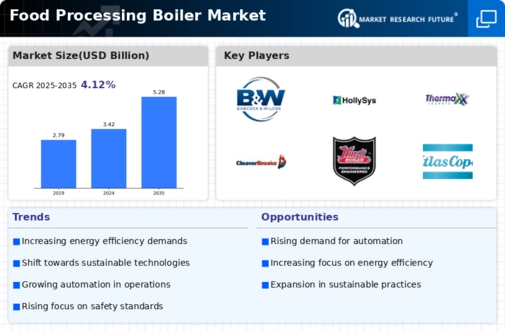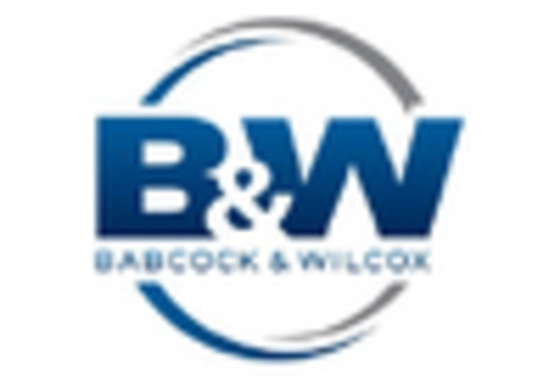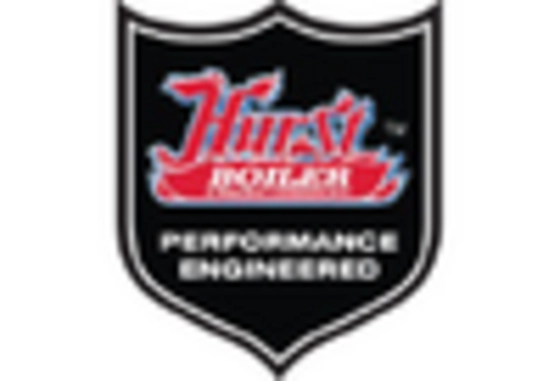The Food Processing Boiler Market is currently characterized by a dynamic competitive landscape, driven by increasing demand for energy-efficient and sustainable solutions. Key players such as Bosch (DE), Fulton (US), and Miura (JP) are strategically positioning themselves through innovation and regional expansion. Bosch (DE) focuses on integrating advanced technologies into its boiler systems, enhancing efficiency and reducing emissions. Meanwhile, Fulton (US) emphasizes partnerships with local distributors to strengthen its market presence, while Miura (JP) is known for its modular boiler systems that cater to diverse processing needs. Collectively, these strategies foster a competitive environment that prioritizes technological advancement and customer-centric solutions.
In terms of business tactics, companies are increasingly localizing manufacturing to reduce lead times and optimize supply chains. The market appears moderately fragmented, with several players vying for market share. This fragmentation allows for niche players to thrive, while larger companies leverage their scale to implement cost-effective solutions. The collective influence of these key players shapes the market structure, as they compete not only on price but also on innovation and service quality.
In August 2025, Cleaver-Brooks (US) announced the launch of a new line of high-efficiency boilers designed specifically for the food processing industry. This strategic move is significant as it aligns with the growing trend towards energy efficiency and sustainability, positioning Cleaver-Brooks as a leader in eco-friendly solutions. The introduction of these boilers is likely to enhance their competitive edge, appealing to environmentally conscious consumers and businesses.
In September 2025, Hurst Boiler (US) expanded its operations by acquiring a local manufacturing facility in Mexico. This acquisition is pivotal as it allows Hurst to localize production, thereby reducing costs and improving delivery times for its North American customers. Such strategic actions not only enhance operational efficiency but also strengthen Hurst's foothold in the growing Latin American market, which is increasingly demanding advanced boiler technologies.
In July 2025, Babcock & Wilcox (US) entered into a strategic partnership with a leading technology firm to integrate AI-driven analytics into its boiler systems. This collaboration is indicative of the industry's shift towards digitalization, as it enables Babcock & Wilcox to offer predictive maintenance solutions, thereby enhancing customer satisfaction and operational reliability. The integration of AI is likely to set a new standard in the market, pushing competitors to adopt similar technologies to remain relevant.
As of October 2025, the Food Processing Boiler Market is witnessing trends that emphasize digitalization, sustainability, and technological integration. Strategic alliances are increasingly shaping the competitive landscape, allowing companies to pool resources and expertise. Looking ahead, it appears that competitive differentiation will evolve from traditional price-based competition to a focus on innovation, technology adoption, and supply chain reliability. This shift suggests that companies that prioritize these aspects will likely emerge as leaders in the market.

















Leave a Comment